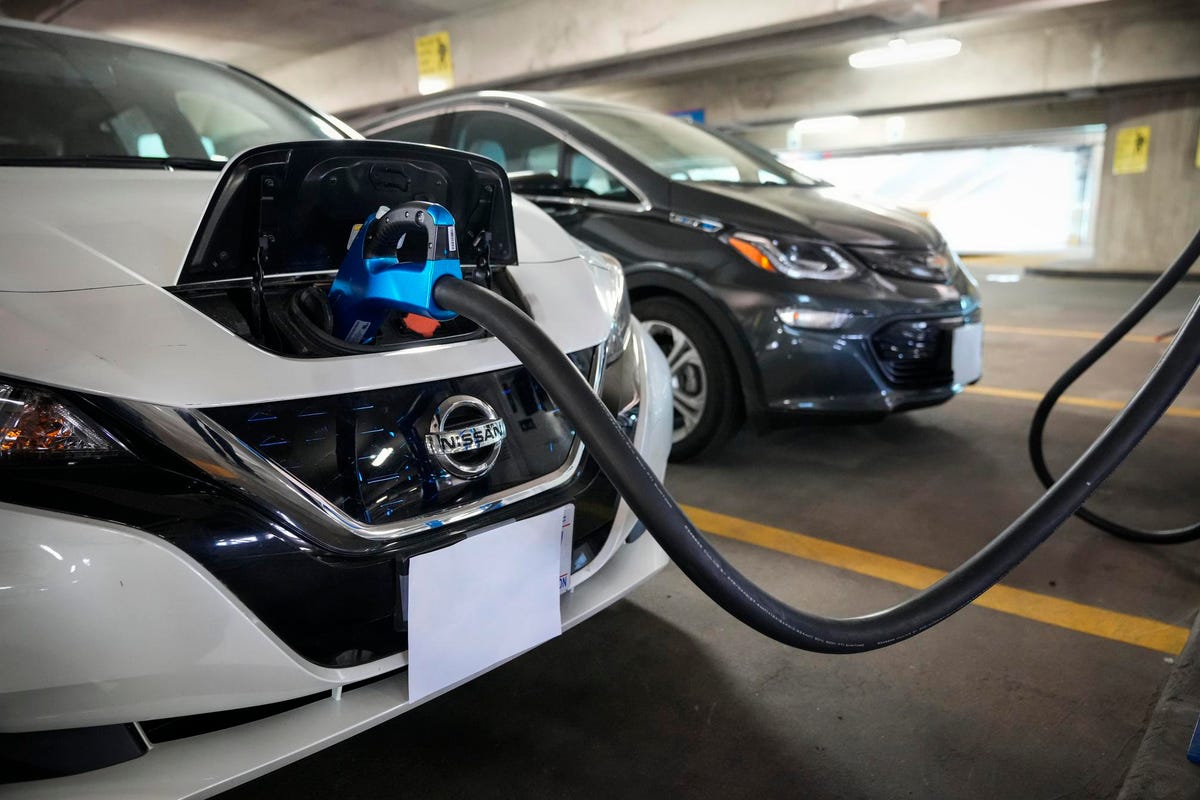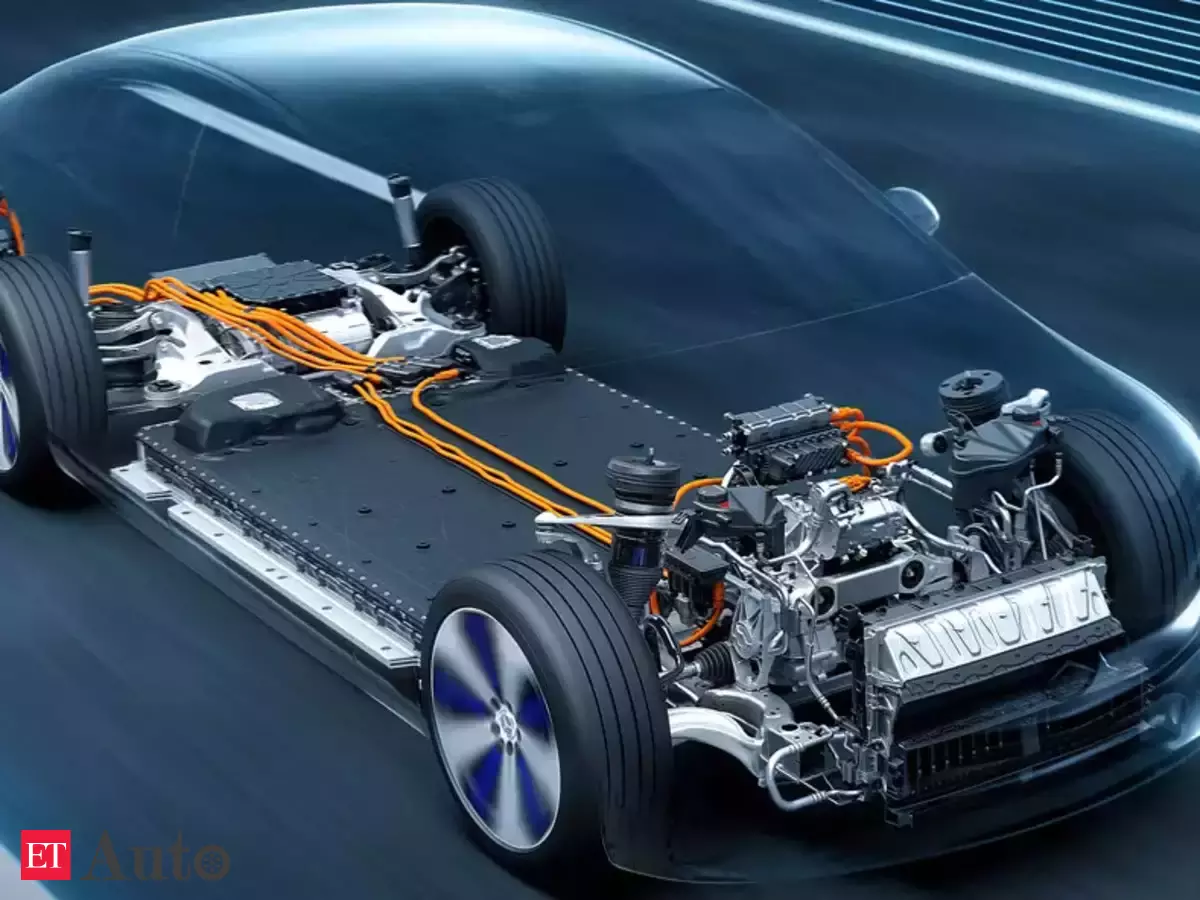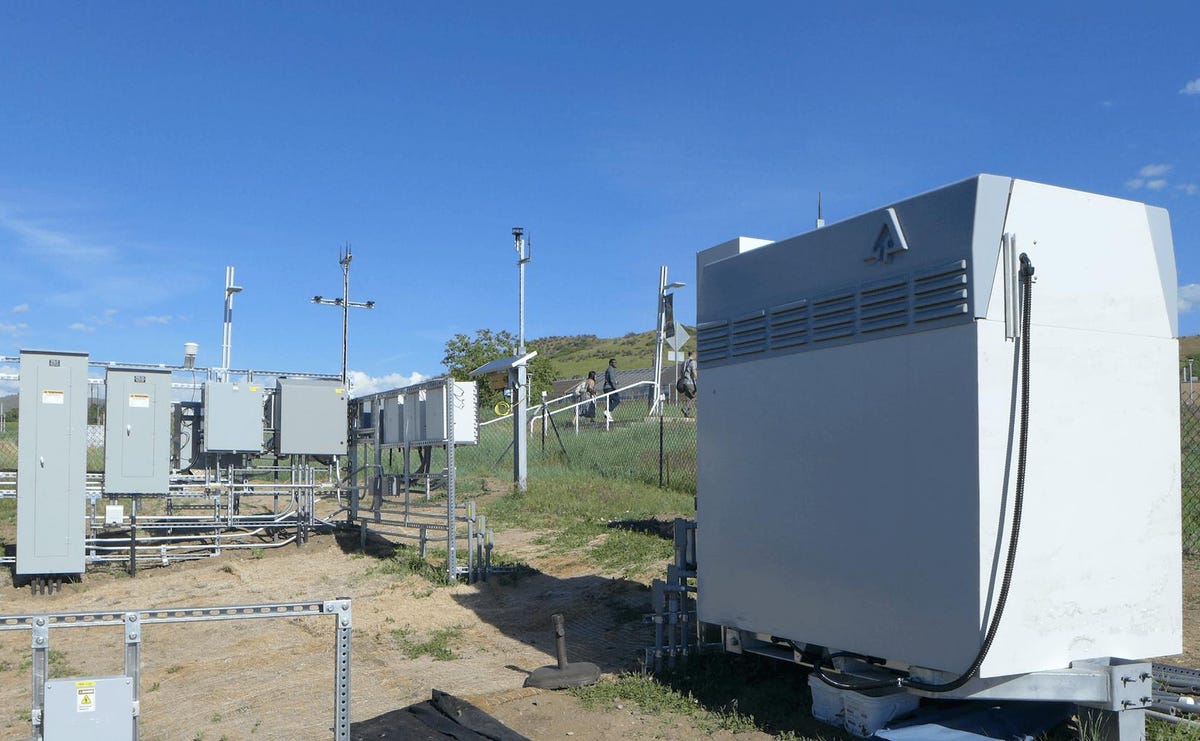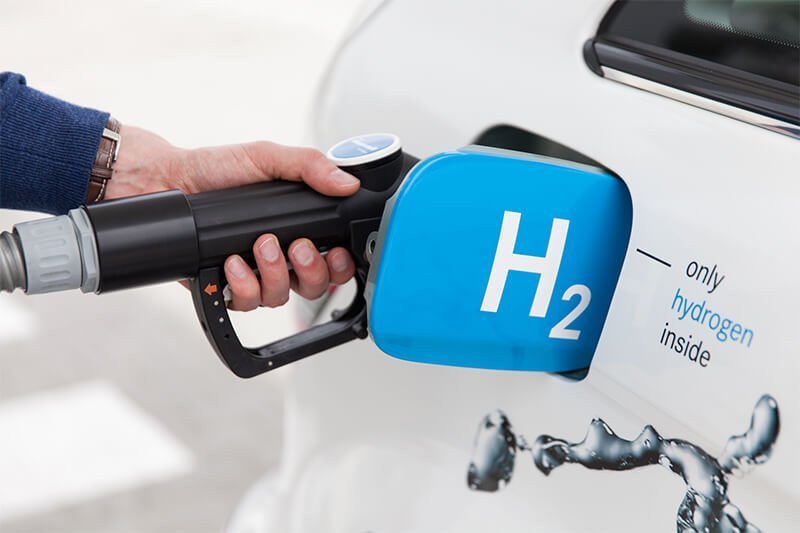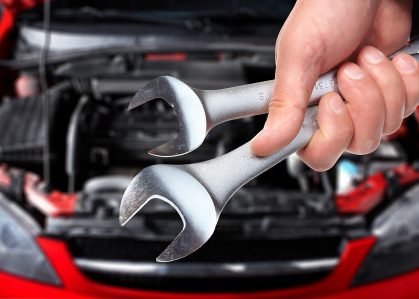Market Insights on Electric Vehicle Battery Cooling Technology
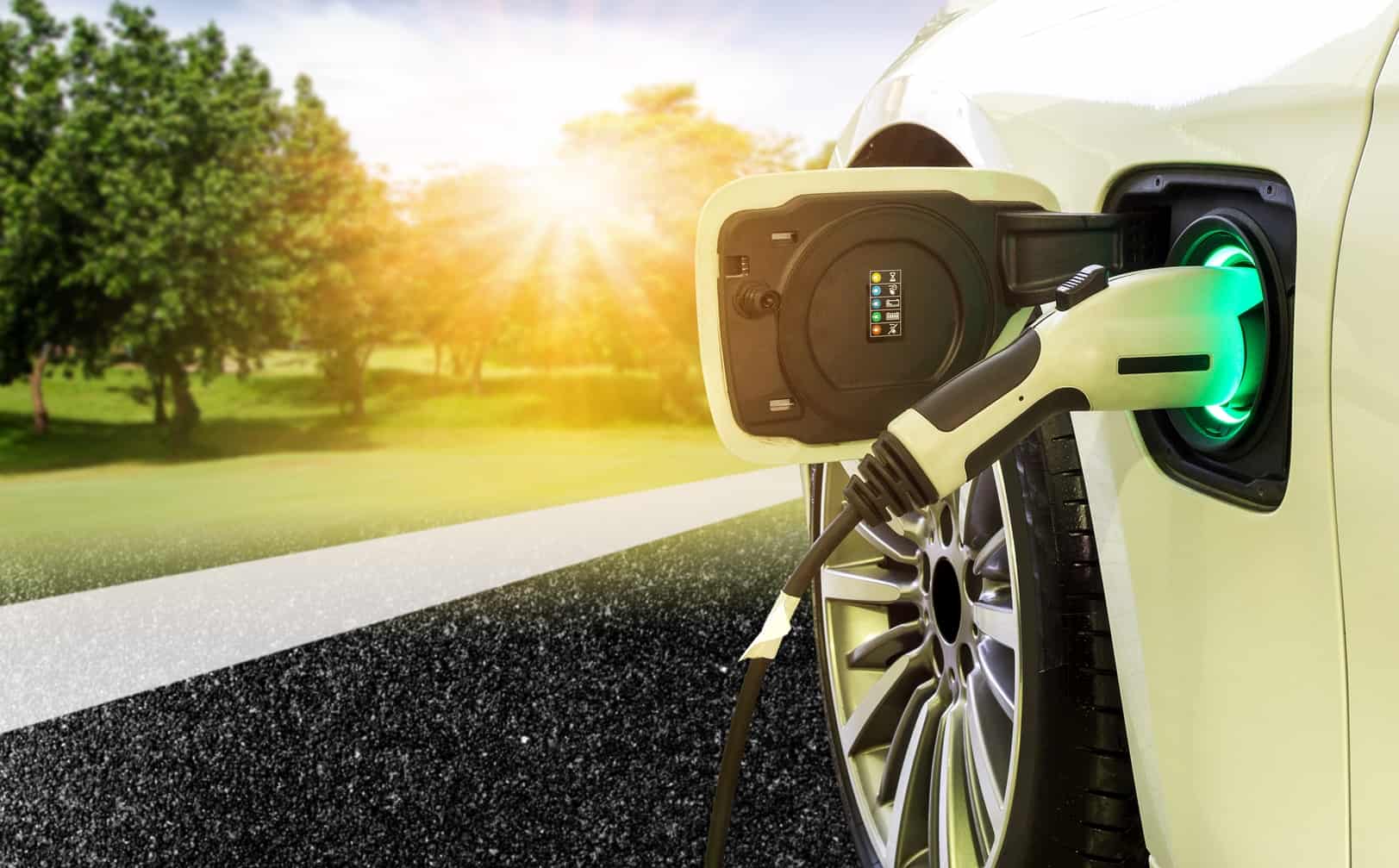
Conventional fuels used in internal combustion engines are the primary producers of carbon emissions, which cause damage to the environment. When compared to conventional based routes, electric vehicles (EVs) offer the most efficient and cost effective solution for the aforementioned issue if the battery charging is done by renewable energy conversion base routes. EVs use lithium-ion batteries for energy storage, which have a number of drawbacks, including low efficiency at low and high temperatures, electrode life degradation at high temperatures, and safety concerns related to thermal runaway in lithium-ion batteries, all of which have a direct impact on the vehicle's performance, reliability, cost, and safety. Overheating produced by electron migration amid chemical reactions during the charging cycle at high temperatures might result in death.
Electric Automobiles Have A Lower Carbon Footprint Than Gasoline-Powered Vehicles
Power networks, which rely on a variety of sources ranging from fossil fuels to clean renewable energy, provide the electricity that charges and fuels battery electric and plug-in hybrid automobiles. The carbon footprint of driving an electric vehicle varies depending on the source of its electricity, which means that the carbon footprint of driving an electric vehicle varies depending on the source of its electricity.
Electric vehicles are more efficient at converting energy to power cars and trucks, therefore electricity as a fuel for vehicles is cleaner and cheaper overall, even when it originates from the dirtiest grid. According to a study by specialists at the Union of Concerned Scientists, driving electric or hybrid automobiles on the grid in any state emits less greenhouse gas than driving gasoline-powered cars. The advantages of electric vehicles get stronger as states clean up their energy systems.
Electric Automobiles Are Better For The Environment Over Their Whole Lifetime
Because electric cars' enormous lithium-ion batteries require a lot of materials and energy to construct, they will produce more global warming emissions during the manufacturing process than the average gasoline vehicle.
Within eighteen months of driving, electric vehicles make up for their higher manufacturing emissions – and continue to outperform gasoline automobiles until the end of their lives. According to a study by the Union of Concerned Scientists, the typical electric car on the road now emits the same amount of greenhouse gas as a car that gets 88 miles per gallon, which is significantly more than the average new gasoline-powered car (31 mpg) or truck (21 mpg).
Electric Vehicles Can Be Charged At Home, At Work, Or While Shopping
Electric vehicles have the advantage of being able to be recharged almost anywhere, whether it's your home or a bus terminal. This makes electric vehicles an attractive option for truck and bus fleets that visit a central depot or yard on a regular basis. New replenishing alternatives, such as installing additional charging stations sites in shopping centers, parking structures, and enterprises, will be required as more electric vehicles join the market and are utilized more widely.
Delivering Goods From Warehouses To Homes With Electric Trucks Can Make A Large, Clean Difference
Despite the fact that diesel and gas trucks account for a small percentage of vehicles on our roads and highways, they contribute significantly to climate and air pollution. These trucks generate diesel "death zones" in the most affected communities, causing more severe respiratory and heart problems. Despite being considerably outnumbered by cars in California, gas and diesel trucks are responsible for approximately half of the state's transportation-related air pollution.
There are currently 70 distinct types of zero-emission trucks on the market, and California has emerged as a key hub for designing and manufacturing large electric vehicles such as buses, with businesses like Proterra and Build Your Dreams based there. It is now time for major manufacturers to begin mass-producing electric trucks. Communities across California won a strong electric truck law — the first of its type in the country — that requires truck manufacturers to sell a specific number of zero-emission vehicles beginning in 2024. This rule will assist begin a shift to electric trucks in other states due to California's market dominance.
Electric Vehicles In Different Regions
- After a decade of strong expansion, the worldwide electric car stock reached ten million units in 2020, a 43 percent increase over 2019 and a 1% stock share. In 2020, two-thirds of new electric car registrations and two-thirds of the stock were battery electric vehicles (BEVs). China had the largest fleet, with 4.5 million electric vehicles, but Europe had the largest annual rise, reaching 3.2 million in 2020. The economic consequences of the Covid-19 pandemic had a profound impact on the global market for all types of automobiles. New car registrations fell by roughly a third in the first half of 2020 compared to the previous year.
- In 2020, the European vehicle market will have shrunk by 22%. Nonetheless, new electric vehicle registrations more than doubled to 1.4 million, representing a 10% market share. Germany registered 395 000 new electric cars in the major market, whereas France registered 185 000. Registrations in the United Kingdom more than doubled, reaching 176 000. In Norway, electric automobiles have a record high sales share of 75%, up almost a third from 2019. Electric vehicle sales exceeded 50% in Iceland, 30% in Sweden, and 25% in the Netherlands.
- The pandemic had a smaller influence on China's entire car market than it had on other regions. The total number of new car registrations fell by around 9%. In the first half of 2020, new electric car registrations were lower than the general car market. The pattern shifted in the second half, when China managed to contain the pandemic. The outcome was a 5.7 percent sales share, up from 4.8 percent in 2019. Around 80% of new electric vehicles registered were BEVs.
Korea- Leading In Deploying Fuel Cell Electric Vehicles
Fuel cell electric vehicles (FCEVs) are zero-emission vehicles that use a fuel cell to convert hydrogen stored onboard into electricity. FCEVs were commercially available in 2014, although registrations are still three orders of magnitude lower than EVs due to a lack of hydrogen refueling stations and the fact that, unlike EVs, FCEVs cannot be charged at home. There are few commercial FCEV models available, and the high cost of gasoline and purchase costs result in a higher total cost of ownership than EVs. There are currently about 540 HRS in operation around the world, providing gasoline to nearly 35 000 FCEVs. LDVs account for almost three-quarters of FCEVs, with buses accounting for 15% and trucks accounting for 10%. By 2020, the worldwide FCEV stock will have increased by 40%, with Korea accounting for half of the increase and tripling its entire FCEV stock.
Paving The Way For The Future: Advancement Opportunities
Battery innovations can be made by increasing the electrode design and battery capacity by examining the design, size, and types of materials used in the battery's production. The chemical reaction occurs at the electrode, and by lowering the internal resistance of the electrodes, the quantity of heat generated can be reduced, resulting in increased cell capacity and lifespan. According to their research, increasing the electrode size increases efficiency, but there is a limit to how small the electrode can be, and if the thickness of the electrode fell below 130 m, the battery would no longer be able to meet the required energy demands, and there are also additional trade offs with thinner material sizes, such as increased manufacturing costs. The size of the electrodes can be used as a crucial design aspect in the overall system design. By altering the material used to make the electrodes, it is possible to increase the overall conductivity and thermal performance by optimizing the transit distances or path of the ions.


